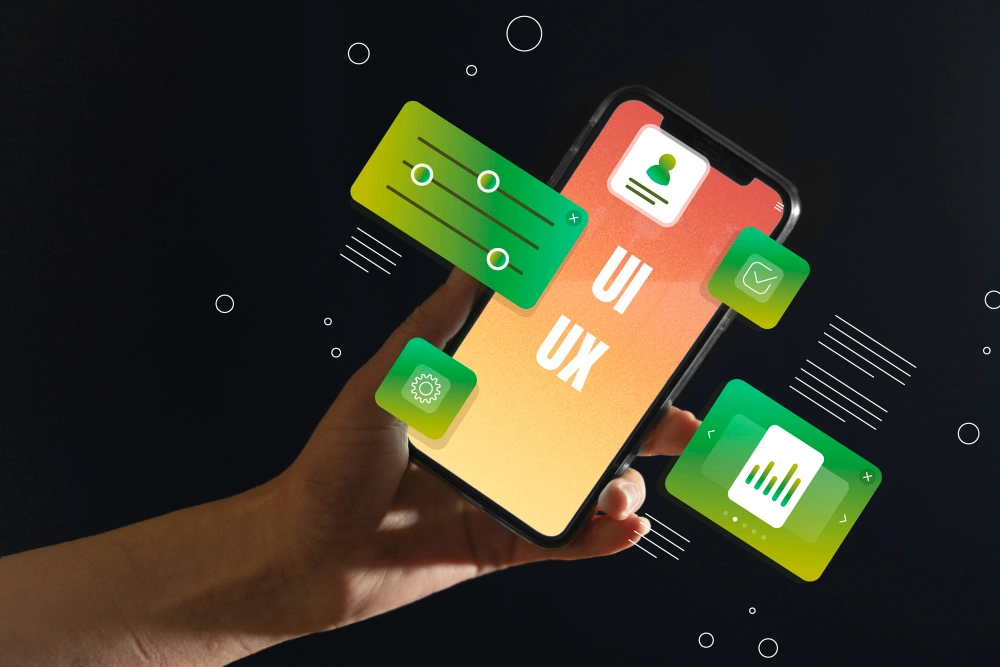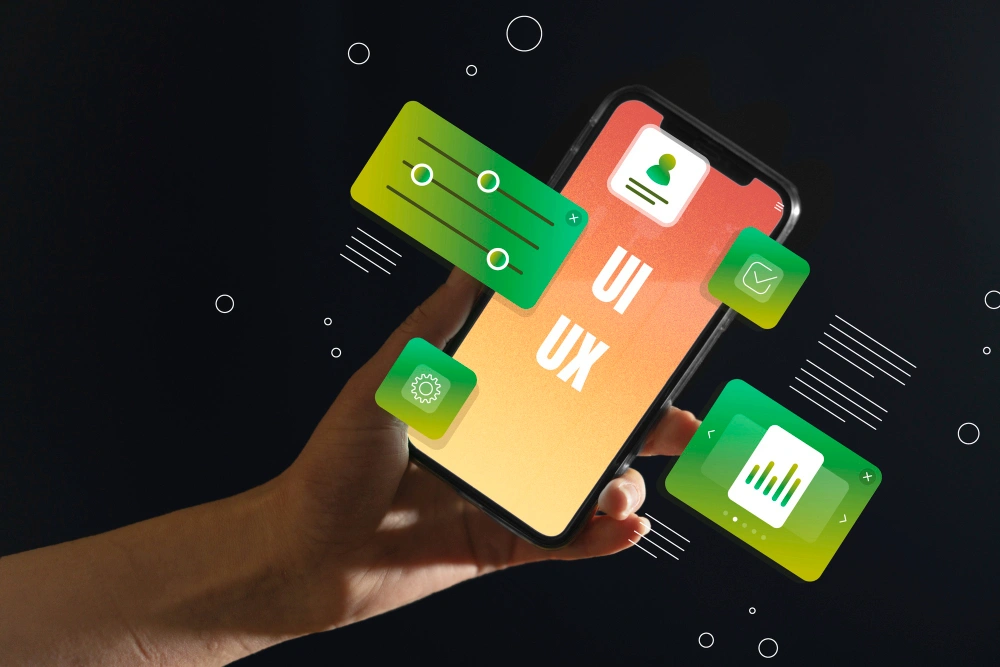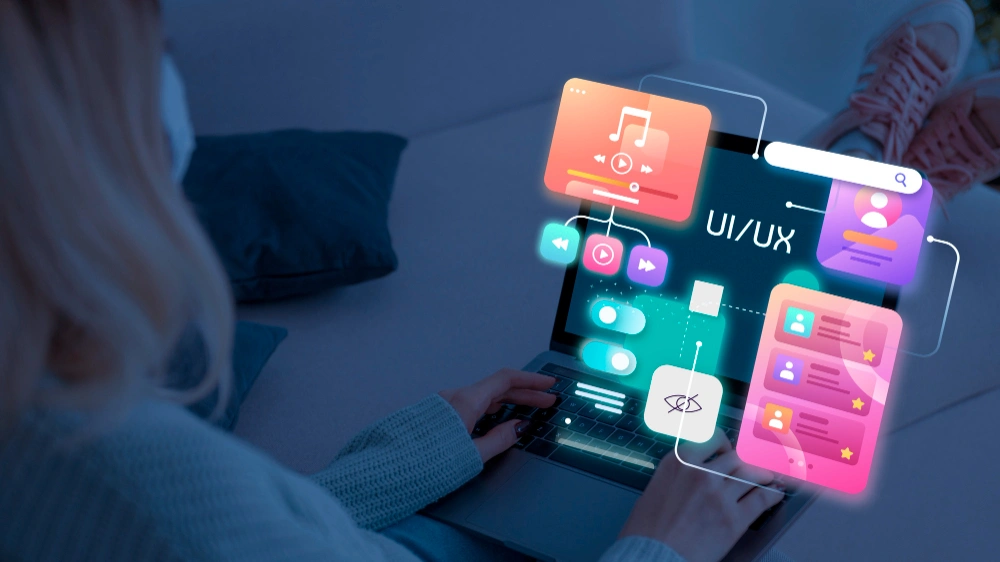The world of UI/UX design is ever-evolving, with new trends emerging to enhance user experiences and streamline interfaces. As a designer, staying updated with these trends is essential to keep your projects fresh and engaging. Here are ten must-follow UI/UX trends every designer should know.
1. Dark Mode
Dark mode has gained massive popularity in recent years. It's easier on the eyes, especially in low-light environments, and can save battery life on OLED screens. Implementing a dark mode option can enhance user experience by offering flexibility and reducing eye strain.
Benefits:
- Reduced eye strain in low-light conditions.
- Energy savings on OLED screens.
- Modern and sleek appearance.
2. Minimalism
Less is more in modern UI/UX design. Minimalism focuses on simplicity, using fewer elements to create a clean and intuitive interface. This trend emphasizes the importance of whitespace, simple typography, and clear visual hierarchy.
Benefits:
- Improved readability and navigation.
- Faster loading times.
- Enhanced focus on essential elements.
3. Microinteractions
Microinteractions are small, subtle animations that provide feedback to users. They improve the overall user experience by making interfaces more interactive and engaging. Examples include button animations, loading indicators, and hover effects.
Benefits:
- Enhanced user engagement.
- Clear feedback for user actions.
- Improved usability and satisfaction.
4. Voice User Interface (VUI)
With the rise of smart speakers and voice assistants, integrating voice user interfaces is becoming increasingly important. VUIs allow users to interact with devices through voice commands, offering a hands-free and convenient experience.
Benefits:
- Hands-free interaction.
- Accessibility for users with disabilities.
- Faster and more efficient user interactions.
5. Neumorphism
Neumorphism, also known as soft UI, is a design trend that combines skeuomorphism and flat design. It uses shadows and highlights to create a soft, 3D effect, making elements appear as if they are extruding from the background.
Benefits:
- Unique and modern aesthetic.
- Visually appealing and engaging.
- Adds depth to the user interface.
6. 3D Elements and Illustrations
Incorporating 3D elements and illustrations can make your design stand out. They add depth and realism to your interface, making it more engaging and visually appealing. 3D graphics are particularly effective in product presentations and interactive experiences.
Benefits:
- Enhanced visual appeal.
- Improved user engagement.
- Realistic and immersive experiences.
7. Augmented Reality (AR)
Augmented Reality (AR) is transforming the way users interact with digital content. By overlaying virtual elements onto the real world, AR creates immersive and interactive experiences. This trend is particularly popular in retail, gaming, and education sectors.
Benefits:
- Immersive user experiences.
- Enhanced product visualization.
- Innovative and engaging interactions.
8. Personalization
Personalization is key to creating a tailored user experience. By leveraging user data, you can customize content, recommendations, and interfaces to meet individual preferences. This trend improves user satisfaction and increases engagement.
Benefits:
- Enhanced user satisfaction.
- Increased user engagement.
- Tailored content and recommendations.
9. Mobile-First Design
With the increasing use of mobile devices, designing with a mobile-first approach is crucial. Mobile-first design prioritizes the mobile user experience, ensuring that interfaces are responsive and optimized for smaller screens.
Benefits:
- Improved mobile user experience.
- Faster loading times on mobile devices.
- Consistent experience across all devices.
10. Inclusive Design
Inclusive design focuses on creating accessible and usable interfaces for all users, including those with disabilities. This trend emphasizes the importance of designing for diverse user needs, ensuring that your interface is accessible to everyone.
Benefits:
- Increased accessibility and usability.
- Compliance with accessibility standards.
- Enhanced user satisfaction and inclusivity.
Conclusion
Staying updated with the latest UI/UX trends is essential for creating modern and engaging designs. By incorporating these trends into your projects, you can enhance user experiences, improve accessibility, and stay ahead in the competitive design landscape. Whether you're a seasoned designer or just starting, these trends will help you create interfaces that are not only visually appealing but also user-friendly and efficient.
Remember, the key to successful UI/UX design is to keep the user at the center of your design process. Continuously gather feedback, test your designs, and iterate to ensure that your interfaces meet the evolving needs of your users. Embrace these trends and take your designs to the next level!







